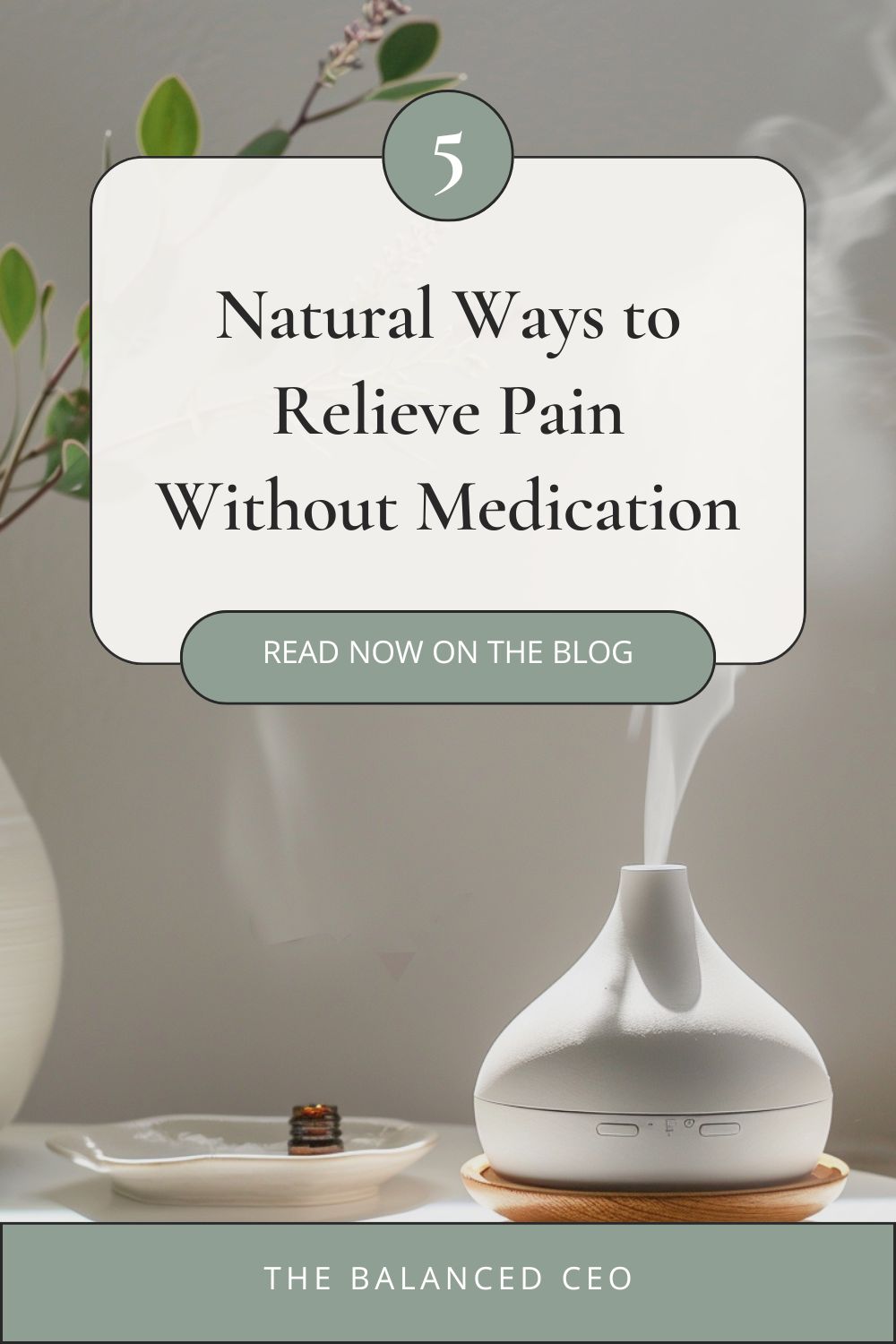This post may contain affiliate links, which means I’ll receive a commission if you purchase through my links, at no extra cost to you. Please read full disclosure for more information.

Pain, be it aches and niggles you get from time to time, pain post-accident and injury, or you live with chronic pain daily, can be highly debilitating regardless of the type of pain you experience.
While prescription or topical and over-the-counter medicines can be effective, not everyone wants to rely on pain relief every day to help ease the symptoms of pain and feel better.
If medications aren’t working or you don’t want to use them, what are your other options for pain relief that might help you when you need it?
Physical Therapy
Physical therapy is a versatile tool for managing a variety of pain conditions. Whether it’s a sprained ankle, back pain, or knee pain, a physical therapist can work with you to develop a personalized treatment plan that targets your specific pain points and helps alleviate or reduce pain levels in the affected area.
They might use various techniques and teams to help you out where you need them.
Massage Therapy
Massage therapy is when a masseuse works with your body to manipulate and relax tight muscles to help you relax and ease tension in your body.
There are various types of massage you might benefit from, such as deep tissue massage, Swedish massage, aromatherapy massage, or sports massage. Each one works your body in different ways to help you experience relief from pain and tension and relax the body, which can further promote healing and be beneficial for both chronic and acute pain.
Acupuncture
Acupuncture, with its roots in ancient China, is a time-honored practice that has been used for centuries to alleviate pain and release tension.
By stimulating specific points in the body with needles, acupuncture triggers the release of chemicals that can influence your pain levels and help you feel better.
For those with chronic pain, this traditional approach can be a welcome addition to a comprehensive treatment plan.
CBT
CBT, or cognitive behavioral therapy, works to reframe how the mind thinks about pain and allows you to find ways to reduce the impact it has on your life.
Typically used for long-term pain that other avenues have failed to address, it might not alleviate pain like other options, but CBT could be effective for some people in helping them redress their thoughts and feelings and find effective ways to cope and live their lives despite pain levels.
Chronic pain can impact your mental health as well as your physical health, and helping yourself mentally as well as physically can help you improve your quality of life and manage your pain levels, even if it doesn’t completely eradicate it.
Exercise
Exercise as a therapy for pain can look different from exercise for health and fitness. While both are geared towards moving the body as you need to, when you exercise for pain, you need to be aware of your limits, what makes the pain worse, and what is beneficial for you.
For example, if you have arthritis, you might find swimming or aqua exercises beneficial as they take the weight off your joints, reducing pain while still affording you effective exercises. If you have ankle pain, you might find running makes it worse, so you opt for yoga or mobility workouts to boost your range of motion, reduce pain, and stay flexible.
Final Thoughts
Living with pain—whether it’s a temporary flare-up or an ongoing struggle—can deeply affect your quality of life.
While medication may be helpful for some, there are many natural, non-medicinal options that can provide relief, support healing, and help you feel more in control of your body.
From physical and massage therapy to mindfulness-based approaches like CBT and gentle movement, these tools empower you to care for yourself in a more holistic way. Always listen to your body and work with a healthcare provider to create a pain management plan that supports your unique needs.
Relief is possible—naturally.





Leave a Reply